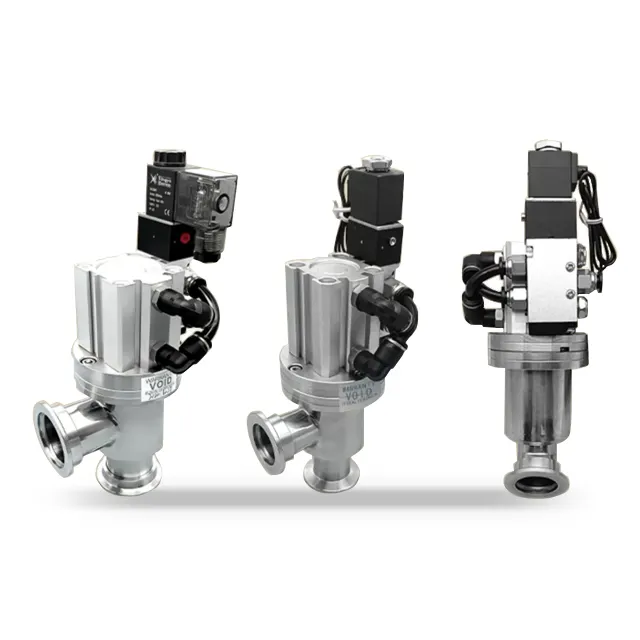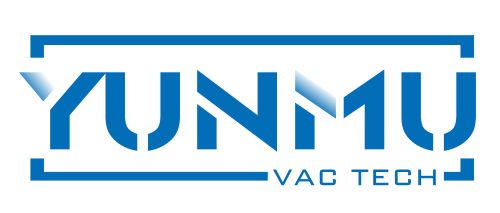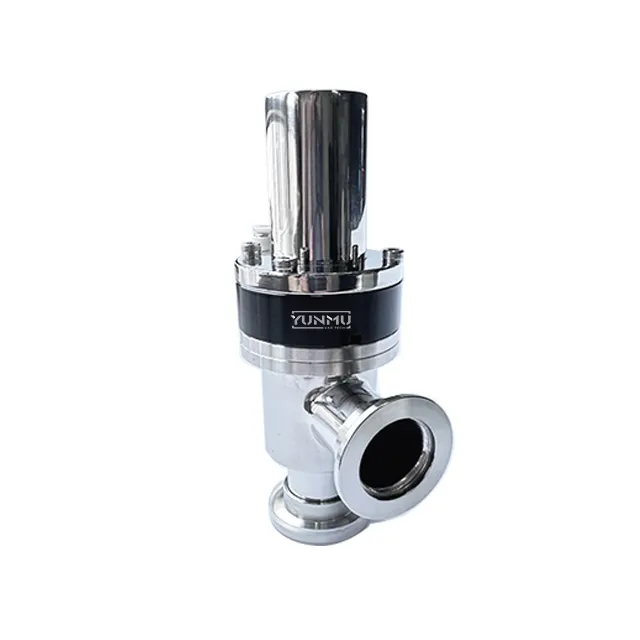Selecting the Ideal Vacuum Valve for Efficient System Performance
Choosing the right vacuum valve is a critical decision for ensuring the safety, efficiency, and longevity of any vacuum system. A vacuum valve plays a pivotal role in controlling pressure, regulating flow, and protecting equipment. Selecting a vacuum valve that matches your system’s specific needs can prevent operational issues, reduce maintenance costs, and improve overall productivity.
When deciding on a vacuum valve, it is important to understand the various types available, the application requirements, material compatibility, and how the valve will interact with the rest of the system. This comprehensive guide will explore essential factors that influence the selection process of a vacuum valve, providing valuable insight to make an informed choice.
Understanding the Importance of Vacuum Valves in Systems
Vacuum Valve Functions in Industrial Applications
Vacuum valves serve as control points within vacuum systems by managing the flow of air or gases. Their primary function is to maintain the desired vacuum level and prevent pressure fluctuations that could damage equipment or disrupt processes. Depending on the design, vacuum valves can isolate sections of a system, relieve excess pressure, or prevent backflow.
In industries such as pharmaceuticals, electronics manufacturing, and chemical processing, vacuum valves are indispensable for maintaining system integrity and ensuring safety. Recognizing the role these valves play highlights why their selection must be meticulous.
Impact of Vacuum Valve Selection on System Efficiency
Choosing the right vacuum valve affects not only safety but also energy consumption and system responsiveness. A poorly matched valve may lead to leaks, pressure loss, or inefficient vacuum generation, increasing operational costs.
A well-chosen vacuum valve ensures smooth system operation by minimizing pressure drops and enabling precise control. This balance optimizes performance and extends the service life of pumps and other components.
Key Factors in Choosing the Right Vacuum Valve
Application Requirements and Operating Conditions
Every vacuum system has unique operating conditions, including temperature, pressure range, and the type of gases or fluids involved. Understanding these parameters is the first step in selecting a vacuum valve.
For example, systems operating under high vacuum or ultra-high vacuum require valves that can seal effectively at very low pressures. Similarly, if corrosive gases are involved, selecting valves made of compatible materials is essential to avoid degradation and failure.
Types of Vacuum Valves and Their Suitability
Vacuum valves come in various types, each designed to meet specific system demands. Isolation valves provide the ability to cut off flow to sections of a system during maintenance or emergencies. Relief valves protect systems by venting excess pressure, while check valves prevent reverse flow that could contaminate or damage equipment.
Understanding which type of vacuum valve aligns with your system’s operational goals is crucial. This decision impacts safety, maintenance ease, and operational flexibility.

Material Selection and Durability Considerations
Importance of Material Compatibility
Vacuum valves must be constructed from materials compatible with the substances they handle. Metals like stainless steel are common for their strength and resistance to corrosion. However, in certain environments, specialized alloys or coatings might be required to withstand chemical attack or extreme temperatures.
Incorrect material selection can lead to premature valve failure, leaks, or contamination. Therefore, knowing the chemical and physical nature of process media helps in choosing the right vacuum valve.
Longevity and Maintenance Factors
Durability is another key consideration when selecting a vacuum valve. Valves exposed to abrasive or corrosive environments require more robust construction. Maintenance intervals and ease of servicing also influence valve choice.
Selecting vacuum valves designed for easy inspection and replacement of seals or internal components can reduce downtime and maintenance costs. Long-lasting valves contribute to overall system reliability.
Performance Specifications and Technical Features
Pressure Ratings and Flow Capacity
Understanding the pressure ratings of vacuum valves ensures they can handle the system’s maximum and minimum pressures safely. Valves must be capable of sealing under operating vacuum levels and tolerating pressure differentials without leaking or failing.
Flow capacity, often measured in terms of conductance, indicates how much gas can pass through the valve. A valve with insufficient flow capacity may restrict system performance, causing pressure buildup or inefficient operation.
Actuation Methods and Automation Compatibility
Vacuum valves may be manually operated, pneumatically actuated, or electrically controlled. The choice depends on system complexity and the need for automation.
Integrating vacuum valves with automated control systems allows real-time monitoring and adjustment of vacuum levels, enhancing safety and process control. Choosing valves compatible with existing automation infrastructure streamlines system management.
Installation and System Integration Challenges
Valve Size and Connection Types
Vacuum valves must match the piping or tubing size and connection standards of the system. Incorrect sizing can cause leaks or pressure losses, undermining system integrity.
Common connection types include flange, threaded, or sanitary fittings. Selecting vacuum valves with appropriate connections ensures easy installation and secure sealing.
Environmental and Space Constraints
Consideration of the installation environment is essential. Factors like ambient temperature, exposure to contaminants, and available space can limit valve options.
Compact vacuum valves may be preferred for tight spaces, while robust valves are necessary in harsh or outdoor environments. Proper environmental adaptation prolongs valve life and maintains safety.
Ensuring Safety and Compliance with Standards
Regulatory Requirements for Vacuum Systems
Vacuum valves must often meet industry-specific safety standards and certifications. Compliance ensures that the valve performs reliably under prescribed conditions and adheres to legal requirements.
Failing to comply can lead to safety incidents, legal liabilities, or operational shutdowns. Prioritizing vacuum valves with recognized certifications offers peace of mind and operational security.
Risk Mitigation Through Valve Features
Certain vacuum valves include safety features such as pressure relief capabilities, fail-safe operation, and emergency shutoff options. These characteristics are vital for minimizing risks in critical processes.
Selecting vacuum valves with integrated safety functions supports a proactive approach to hazard prevention and system protection.
Frequently Asked Questions
How do I determine the best type of vacuum valve for my application?
Consider the function the valve must serve—whether isolation, relief, or preventing backflow—and match it with your system’s operational needs and safety requirements.
What materials are commonly used for vacuum valves?
Stainless steel is prevalent due to its strength and corrosion resistance, but other materials like brass, aluminum, or specialized alloys may be used depending on chemical compatibility and environmental conditions.
How important is automation compatibility in vacuum valves?
Automation enhances safety and efficiency by enabling precise control and monitoring. Selecting valves compatible with your system’s automation infrastructure is highly beneficial.
How often should vacuum valves be inspected or maintained?
Regular inspection depends on usage intensity and environmental factors but generally occurs quarterly or biannually to ensure continued reliability and safety.
Table of Contents
- Selecting the Ideal Vacuum Valve for Efficient System Performance
- Understanding the Importance of Vacuum Valves in Systems
- Key Factors in Choosing the Right Vacuum Valve
- Material Selection and Durability Considerations
- Performance Specifications and Technical Features
- Installation and System Integration Challenges
- Ensuring Safety and Compliance with Standards
- Frequently Asked Questions

